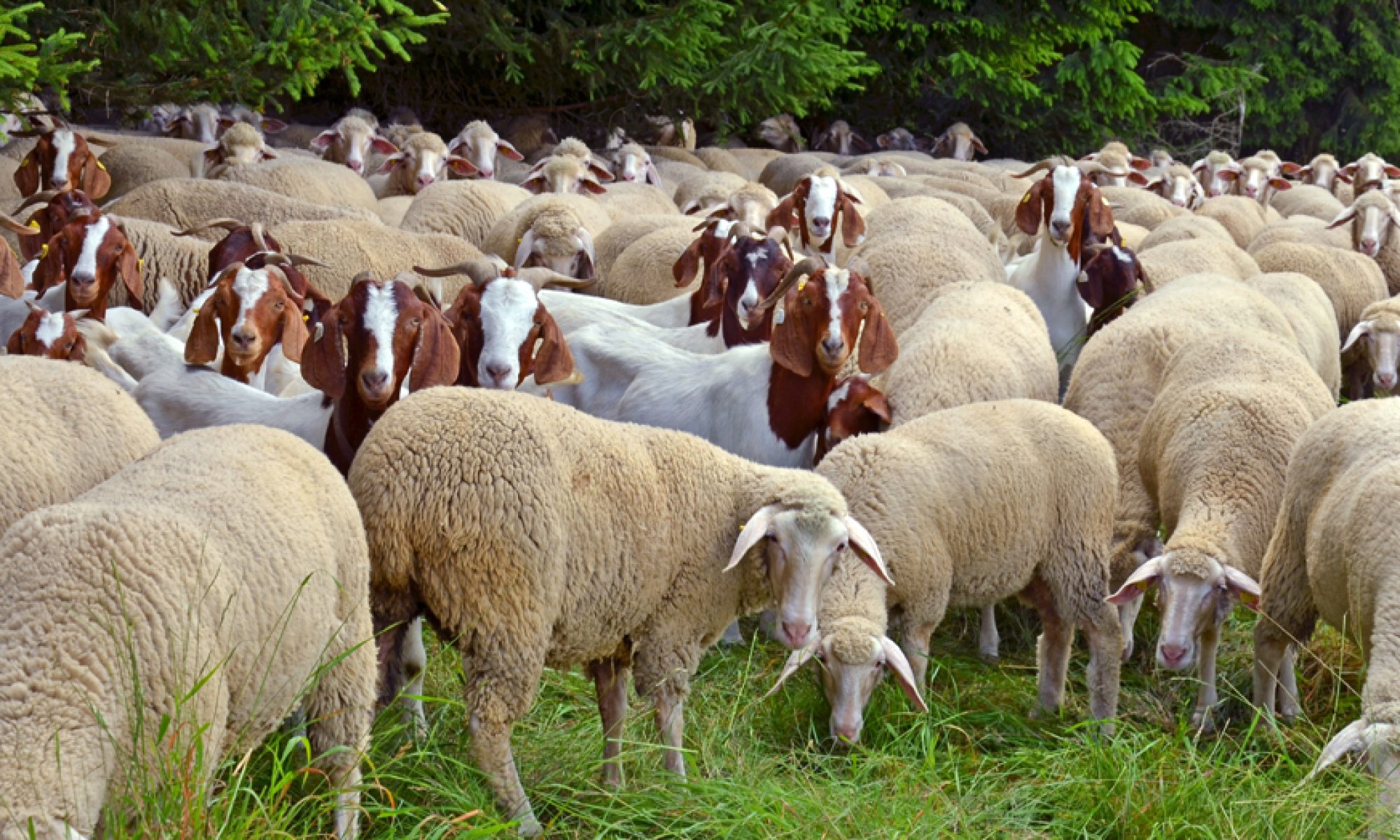Those of us lucky enough to be brought up in a genuine gastronomic culture can be either snooty or appalled by American food—or at least the diet that most Americans eat. Authorities keep warning us that such food is not only unhealthy but dangerous.
This diet typically is high in sodium, refined sugars, omega-6 fatty acids, trans fats, and excess calories. It’s also low in the vitally important long-chain omega-3 fatty acids, EPA and DHA. People who maintain a diet loaded with simple carbohydrates (such as bread, pasta, potatoes, rice, fruit juices, and sugar) have an increased risk for problems with their digestive system, liver, pancreas, heart, circulation, and overall brain health.
Not to mention the American addiction to junk food like hamburgers and French fries, Twinkies and Coke. Full disclosure: last night I cooked myself a really good hamburger and ate a salad with that to temper my misbehavior, finishing off with a little Haagen-Dazs and a cookie. I say OK to such indulgence once in a while. Harkening to dieticians and the food police can make you feel guilty, not to say hungry.
Poor people eat more junk food. It fuels obesity, but it’s cheaper and provides instant gratification. Do the hordes of MAGA supporters eat anything but junk food? Look at the way Trump eats.
Food manufacturers spend billions of dollars on research and development to create flavor profiles that trigger the human affinity for sugar, salt, and fat. Consumption results in pleasurable, likely addictive, effects on the brain. At the same time, massive marketing efforts are deployed, creating powerful brand loyalties that studies have shown can trump taste.
The best thing about American food has always been its simplicity and freshness. A good steak, fresh fish, corn on the cob, non-processed cheese, fresh greens and fruits—this is the stuff I grew up on. Hopefully you did too.
The latest gastronomic traditions in American cooking can compete with the best in Europe and Asia. And the fact that we have incorporated the traditions of French, Italian and Asian cookery in our food provides variety and nourishment of a different and welcome sort.
However, living in Mexico really tests your ability to avoid junk food. Snacks and soft drink consumption is off the charts. The government puts labels warning of excessive fat, sugar, etc. on packaged food. Their impact has been negligible. Recently the state of Oaxaca passed a law forbidding the sale of high-calorie and sugary drinks to minors. Permit me to be skeptical, since here obesity even in the young is out of control.
The best food in Mexico, as in the U.S., is the freshest and most nutritious. Beans, vegetables, fruits and even corn tortillas are everywhere. The better restaurants serve up endless variations on these staples, often with great flair. For lunch I just finished a large taco of chicken, mushrooms and refried beans, all dipped in a bit of Heinz Ketchup to show biculturalism. Beats McDonald’s every time.





 As the proceedings concluded, senator Dianne Feinstein, the senior Judiciary Committee Democrat, gave Chairman Lindsey Graham a big hug and complimented him for leading “one of the best sets of hearings that I’ve participated in.”
As the proceedings concluded, senator Dianne Feinstein, the senior Judiciary Committee Democrat, gave Chairman Lindsey Graham a big hug and complimented him for leading “one of the best sets of hearings that I’ve participated in.”


